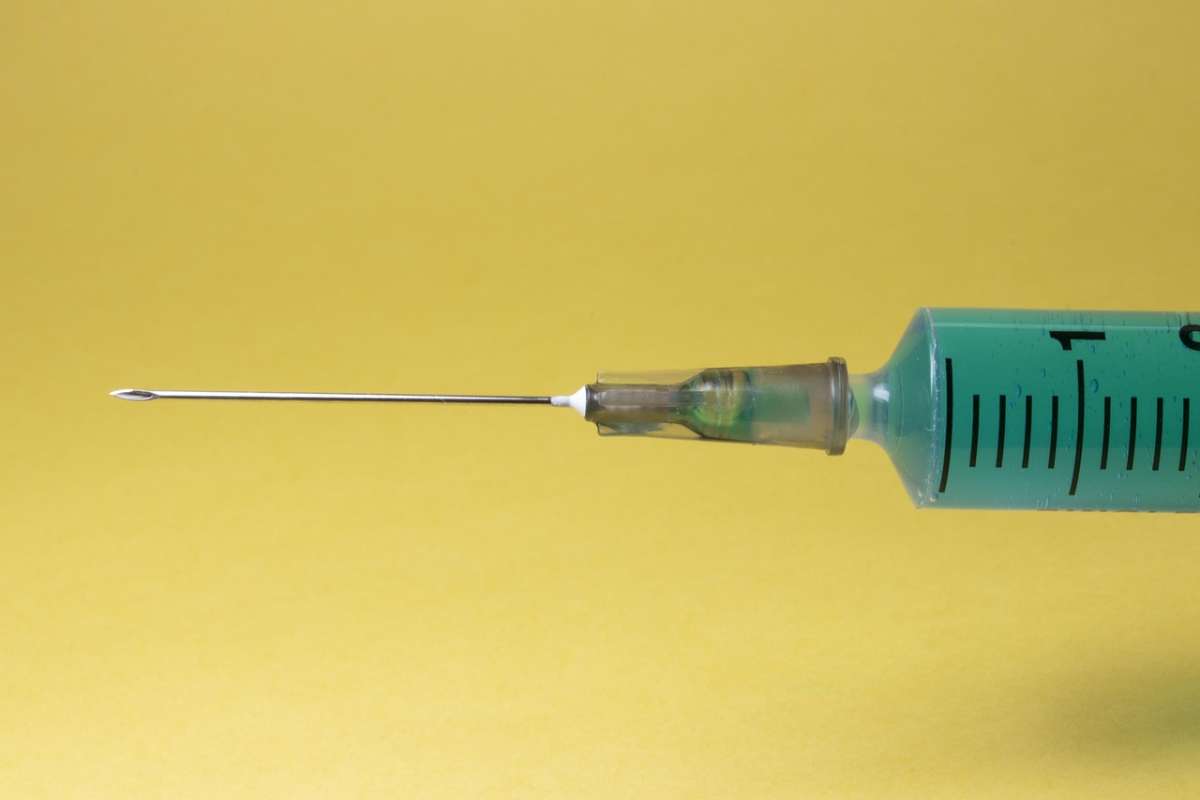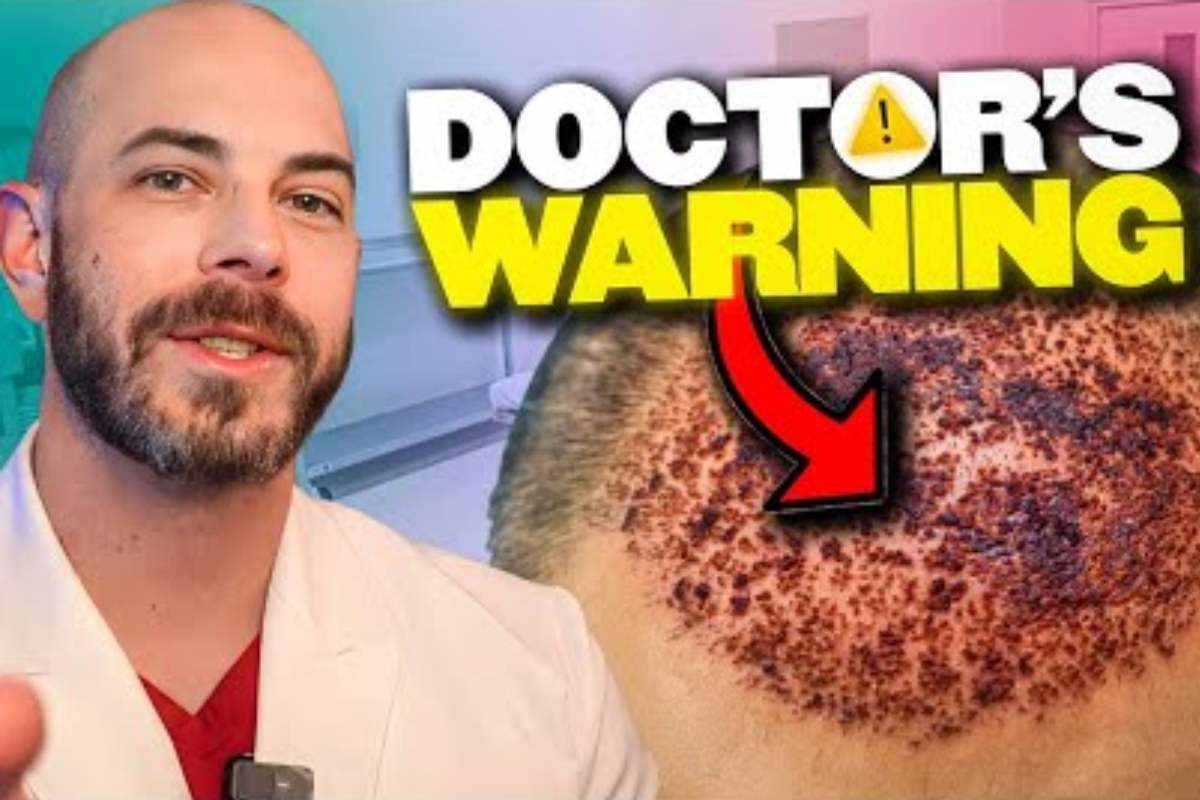Counting Scalp Hairs with Friends: An Introduction to Hair Density
When was the last time you asked a friend to look at a one-inch-square area of your scalp and meticulously count each strand of hair? Sounds like a great party game, doesn’t it?
Oh, you’ve never asked a friend to count the hairs on your head?
Ok, admittedly, counting scalp hairs with friends probably wouldn’t be an ideal pastime for anyone. And you’d need an awfully close friend or a family member to perform such a count.
Or you could turn to a board-certified dermatologist to do the job—preferably a hair-transplant specialist. Why would you want or need to take an inventory of the hairs on your head? Good question.
If you’re suffering from noticeable hair loss, and have started thinking about hair restoration, the effectiveness of any transplant procedure is largely dependent on a concept known as hair density. (Hair transplant effectiveness is also dependent on scalp laxity and hair texture, but those are topics for future blogs).
What is Hair Density?
Hair density is a simple concept. In the strictest sense, hair density is the total number of hairs a person has on his/her head. Have you ever heard someone tell another person that his/her hair is so “thick?” Most likely, the speaker was referring to hair density, but most of us think of this as “thickness.” However, thickness also takes into account one’s hair texture (coarse vs. fine, curly vs. straight).
For a dermatologist—especially for a hair restoration surgeon—hair density is a more-specialized concept, relating to the total number of hair follicles contained per square-centimeter of scalp. Science, of course, uses the metric system, not inches.
Hair Density and Degree of Baldness
The difference in hair density between donor and recipient areas will depend on the degree of hair loss present. In male pattern baldness, degree of hair loss is classified on The Norwood Scale according to stage and type. A meticulous examination of your scalp by the hair surgeon will quantify your hair density and degree of baldness.
If you suffer from significant hair loss, your hair density per square centimeter will be significantly lower in the areas of loss compared to the healthy or normal parts of your scalp. In a hair transplant, a hair restoration surgeon harvests hairs from the scalp with the greatest hair density, typically the back of the scalp (the donor area), and transplants them to the thinning area where there is less hair density (the recipient area).
Why is Hair Density Important in Hair Transplantation?
Thinning doesn’t become apparent until the patient loses 30-50% of hair density. For surgical purposes, hair density of the donor area is important to quantify because each patient has a finite number of follicles. The greater a patient’s hair density in the donor area, the more potential for multiple transplants a patient may have. You can only remove a certain amount of follicles from the donor area before it becomes depleted, and you cannot perform additional transplants.
In regards to the recipient area, density is important because skin can only support a certain amount of transplanted hairs per centimeter in order to provide blood flow and nourishment of each new graft. Interestingly, although the recipient will never achieve the same density as the native scalp, this is not necessary. A 30% density (compared to native hair) can provide a very pleasing result.
Leave the Counting and Restoration to Limmer HTC
If you’re ready to put hard numbers to your degree of hair loss and stage of baldness—if you’re ready to do something about the problem, contact the Limmer Hair Transplant Clinic. We’ve worked with thousands of hair loss patients across a spectrum of hair densities, Norwood Types, and genetic predispositions. No matter your individual considerations, we’ll design a customized treatment plan that allows you to achieve your personal best in hair restoration. And we guarantee natural-looking results.







